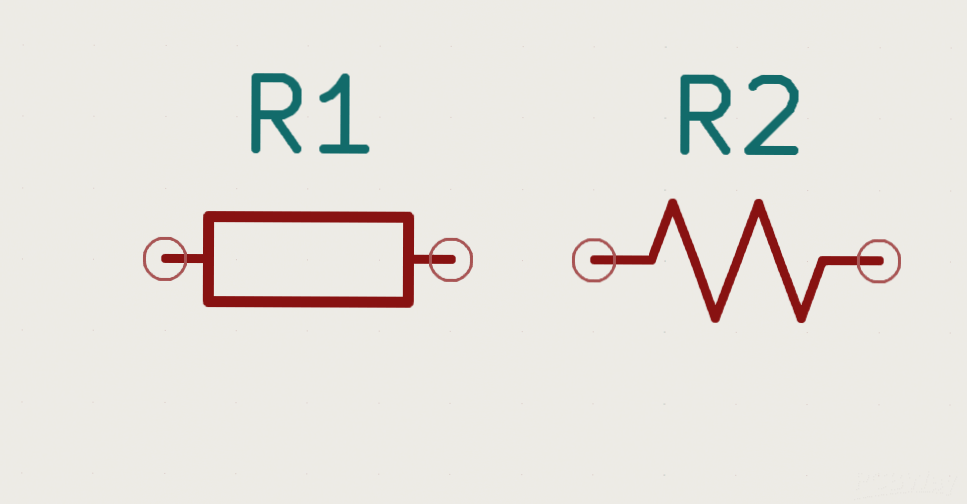The Importance of Glass Transition Temperature (Tg) in PCB Materials
The Glass Transition Temperature (Tg) is a critical property of epoxy in circuit board materials. It signifies the temperature range where the polymer shifts from a rigid, glassy state to a more flexible, rubber-like state.
Flame-Resistance and Tg
Flame-resistance is paramount for PCB materials. Instead of burning at specific temperatures, they should soften. This pivotal temperature point is referred to as the Glass Transition Temperature (Tg).
Impact of Tg on PCB Performance
A higher Tg necessitates higher lamination temperatures, resulting in boards that are stiffer and more prone to brittleness. This can have adverse effects on hole integrity and electrical properties.
Temperature Resilience of PCB Materials
Standard PCB materials, when exposed to high temperatures, not only soften or deform but also experience significant degradation in mechanical and electrical properties.
Variations in Tg
Typically, the Tg for standard FR4 materials falls within the range of 130°C to 140°C. Moderate Tg materials boast a Tg exceeding 150°C to 160°C, while High-Tg materials surpass 170°C.
- The higher the Tg, the greater the PCB’s resistance to heat, moisture, chemicals, and overall stability.
If you have any inquiries regarding PCBs or PCBA, please don’t hesitate to reach out to me at info@wellcircuits.com.




